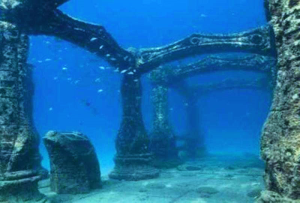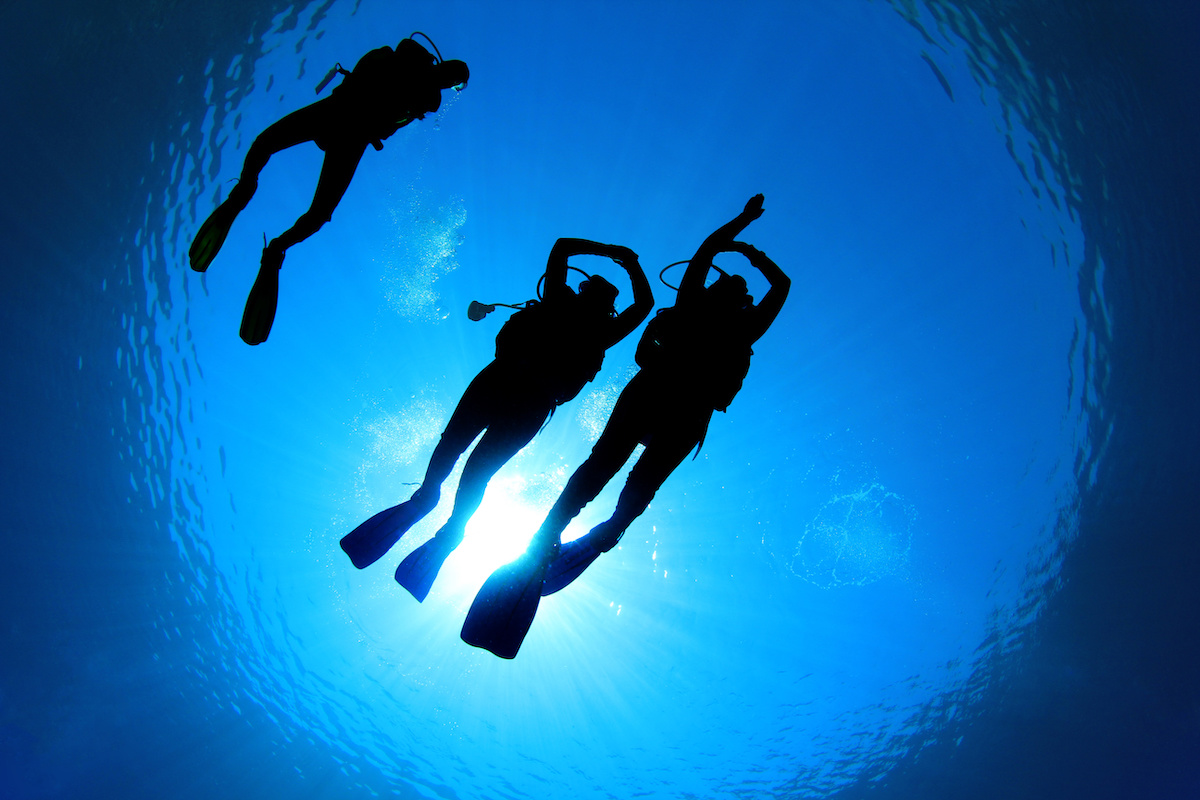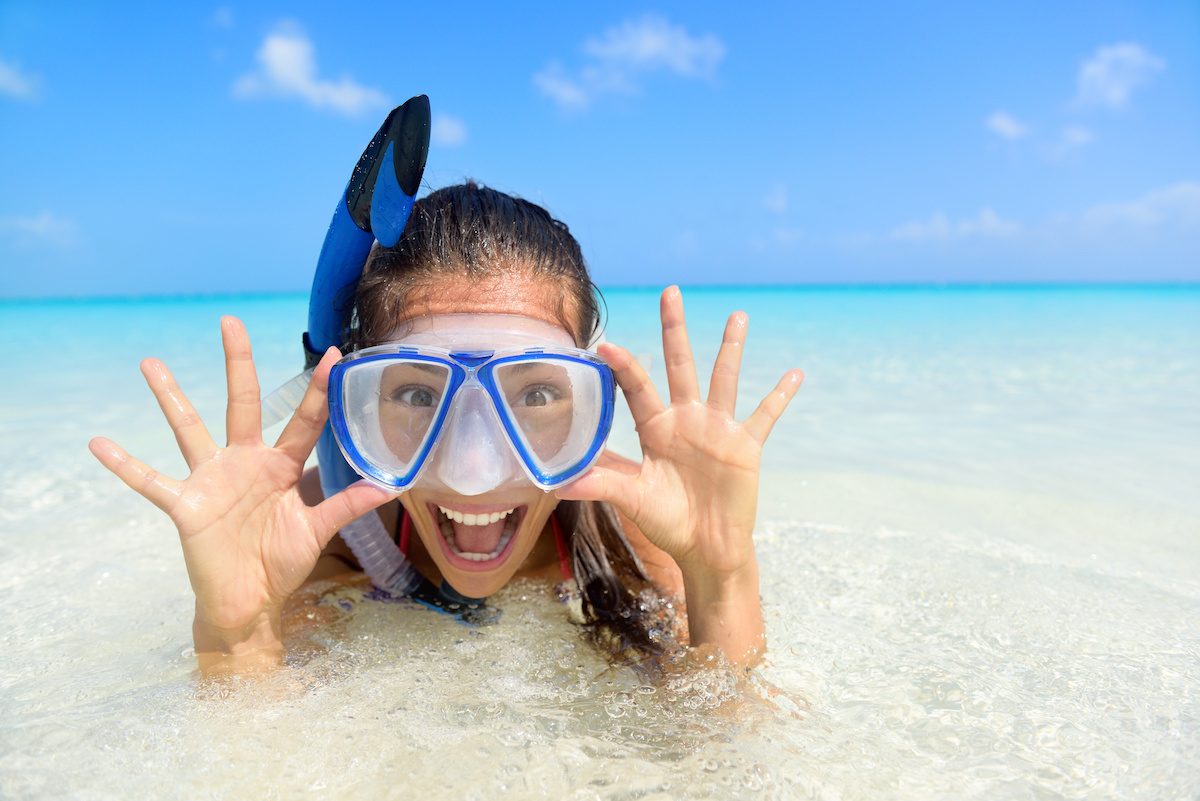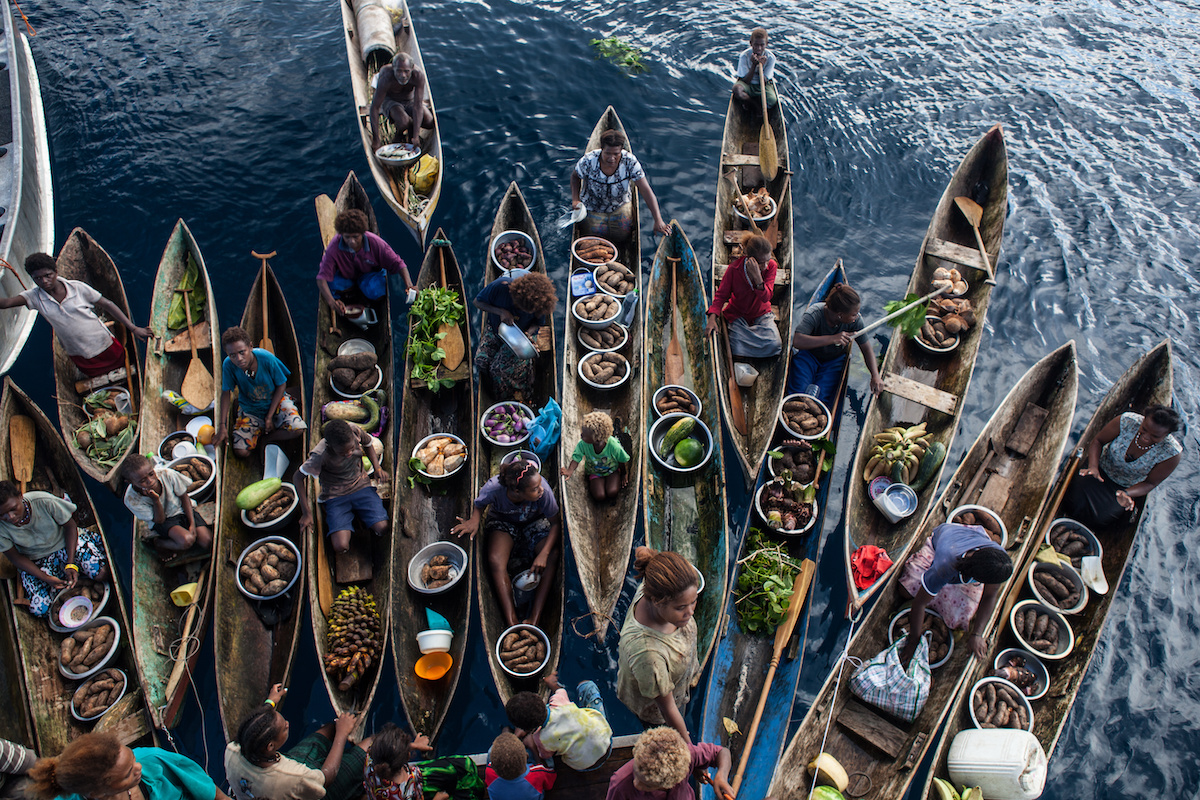Port Royal, Jamaica, commonly referred to as “the wickedest city on earth” conjures images of marauding pirates, daring naval conquests, looting, riches, destruction and devastation. It boats an intriguing and turbulent history as it rapidly grew to become the most important trading post in the New World.
HISTORY
Port Royal is a city located at the end of the Palisadoes at the mouth of the Kingston Harbour, in southeastern Jamaica. Founded in 1518, it was the centre of shipping commerce in the Caribbean Sea during the latter half of the 17th century.
The Spanish first landed in Jamaica under the leadership of Christopher Columbus in 1494. Permanent settlement occurred when Juan de Esquevil brought a group of settlers in 1509. They came in search of gold and silver but found none. Instead they began what they saw as a viable alternative: enslaving Taino to farm the sugar cane that Esquevil had transported from England with him. Much like the Taino before them, the Spanish did not appear to have much use for the Port Royal area. They did, however, retain its Taino name.
Spain kept control of Jamaica mostly so that it could prevent other countries from accessing the island so strategically placed within the trade routes of the Caribbean. Spain maintained control over the island for 146 years, until the English invasion of 1655.
The town was captured by England in 1655 during the invasion of Jamaica. By 1659 two hundred houses, shops and warehouses surrounded the fort; by 1692 five forts defended the port.
The English initially called the place Cagway but quickly replaced this with the name that survives to this day: Port Royal.
Located on on the southeast coast of Jamaica, the natural harbor at Port Royal became the center of English life in Jamaica. By the late 1600s it had become one of the largest European cities in the new world, second only to Boston. It had also become infamous home of pirates, prostitutes, and Englishmen on the make. Far from home, they made their livings off of the slave trade, slave labor in plantations, and the money that the pirates brought in from their looting forays against the Spanish.
THE EARTHQUAKE
On the morning of June 7, 1692, a massive earthquake estimated at a 7.5 magnitude hit the island. The city, largely built over sand, suffered instantly from liquifaction, with buildings, roads, and citizens sucked into the ground. Geysers erupted from the earth, buildings collapsed, then finally the city was hit by tsunami waves, dragging what had not been destroyed out to sea. In the end, some 51 acres of the city disappeared under water, four of the five forts were destroyed or submerged, and 2000 people were killed, and a further 3000 died of injuries and disease shortly after. The cemetery where Captain Morgan was buried slipped into the sea, its bodies floating up to mix with the freshly dead. Of the original 51 acres, 20 sank to a depth of 10 feet and 13 slid to a depth of 35 feet.
But the earthquake did not end Port Royal’s wicked ways, nor its relationship with vice or with pirates who continued to stop by for another 50 years while they preyed on Spanish ships. In fact, in 1720 John “Calico Jack” Rackham was hung at the Gallows-Point in Port Royal by order of pirate hunter – and former privateer – Woodes Rogers (best known for his rescue of the castaway Alexander Selkirk, the inspiration for Robinson Crusoe).
Today, Port Royal is known to post-medieval archaeologists as the “City that Sank”. Robert Marx considers it the most important underwater archaeological site in the western hemisphere, yielding 16th–and-17th-century artifacts and many important treasures from indigenous peoples predating its 1588 founding, some from as far away as Guatemala. Several 17th and early 18th century pirate ships sank within Kingston Harbour and are being carefully harvested, under controlled conditions, by various teams of archaeologists.
If you’re feeling adventurous, visit Port Royal near Kingston. This dive requires special permission from the local authorites and can be easily organized through any licensed and reputable dive operator.
The best time to dive in Jamaica is between June to September, where you will find diving conditions that are clear with calm waters and good visibility. Make sure to avoid the rainy season, which is October to May, as this sometimes is not the best time to dive in the island. And believe it or not, the period from June to September includes the beginning of the hurricane season.
Normally it is possible to dive all year round, you just have to watch mother nature as it changes often.
The water temperature in Jamaica ranges from:
- 78 to 85ºF (26 to 29ºC) in Summer – (April-October)
- 75 to 78ºF (24 to 26ºC) in the Winter – (November-March)
Although you can scuba dive all year round in Jamaica, visibility is best in the summer months (up to 125′) but can be limited to about 30′ in winter months.
NOTES
It is recommended that you get a malaria shot before you visit Jamaica.
From:::Wikipedia ::: Unesco ::: Atlas Ocscura ::: Best Dive Sites In Jamaica







Leave A Comment